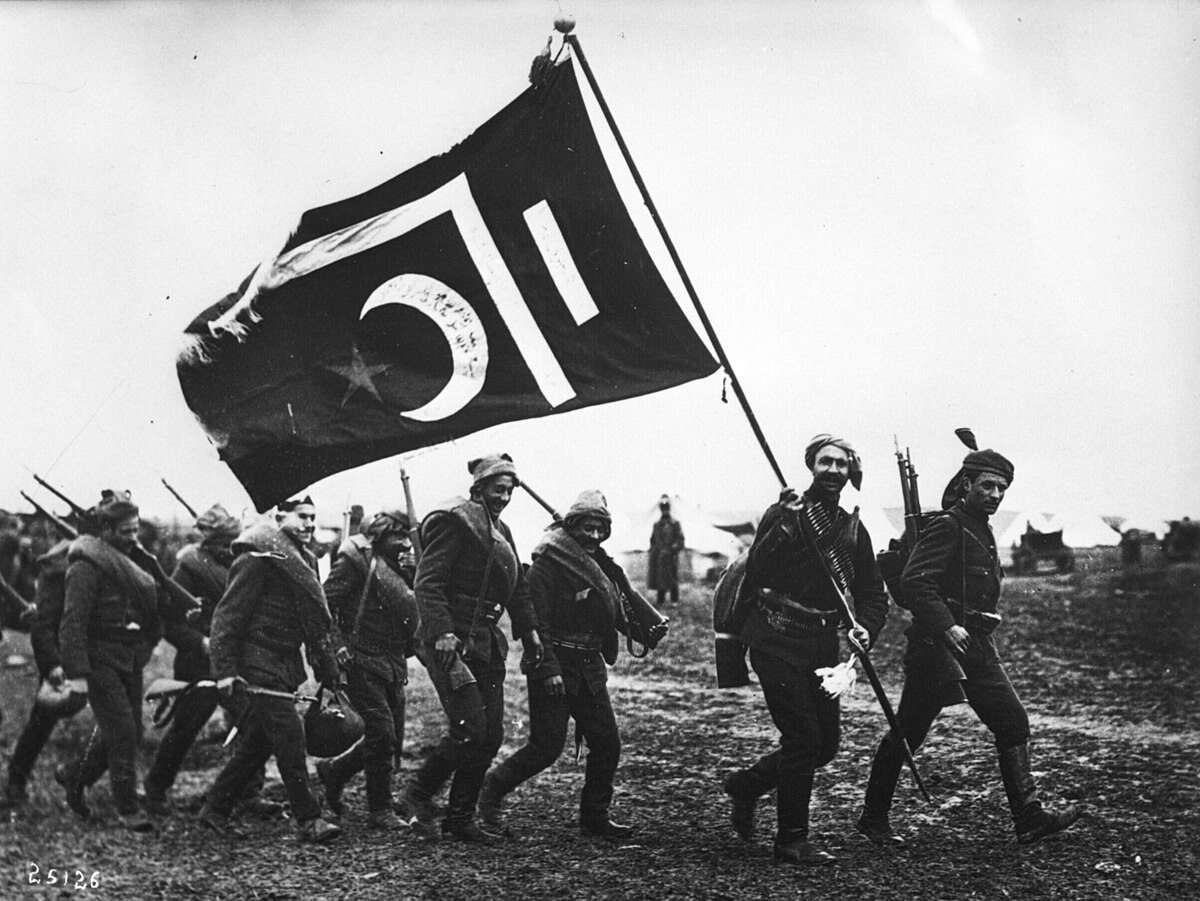
Ottoman Counteroffensive
Gallipoli/Çanakkale, TürkiyeOn 20 February, Ottoman forces began their attack, both in Çatalca and south of it, at Gallipoli. There, the Ottoman X Corps, with 19,858 men and 48 guns, landed at Şarköy while an attack of around 15,000 men supported by 36 guns (part of the 30,000-strong Ottoman army isolated in Gallipoli Peninsula) at Bulair, farther south. Both attacks were supported by fire from Ottoman warships and had been intended, in the long term, to relieve pressure on Edirne. Confronting them were about 10,000 men, with 78 guns.[64] The Ottomans were probably unaware of the presence in the area of the new 4th Bulgarian Army, of 92,289 men, under General Stiliyan Kovachev. The Ottoman attack in the thin isthmus, with a front of just 1800m, was hampered by thick fog and the strong Bulgarian artillery and machine gunfire. As a result, the attack stalled and was repulsed by a Bulgarian counterattack. By the end of the day, both armies had returned to their original positions. Meanwhile, the Ottoman X Corps, which had landed at Şarköy, advanced until 23 February 1913, when the reinforcements that had been sent by General Kovachev succeeded in halting them.
Casualties on both sides were light. After the failure of the frontal attack in Bulair, the Ottoman forces at Şarköy re-entered their ships on 24 February and were transported to Gallipoli.
The Ottoman attack at Çatalca, directed against the powerful Bulgarian First and Third Armies, was initially launched only as a diversion from the Gallipoli-Şarköy operation to pin down the Bulgarian forces in situ. Nevertheless, it resulted in unexpected success. The Bulgarians, who were weakened by cholera and concerned that an Ottoman amphibious invasion might endanger their armies, deliberately withdrew about 15 km and to the south over 20 km to their secondary defensive positions, on higher ground to the west. With the end of the attack in Gallipoli, the Ottomans canceled the operation since they were reluctant to leave the Çatalca Line, but several days passed before the Bulgarians realized that the offensive had ended. By 15 February, the front had again stabilized, but fighting along the static lines continued. The battle, which resulted in heavy Bulgarian casualties, could be characterized as an Ottoman tactical victory, but it was a strategic failure since it did nothing to prevent the failure of the Gallipoli-Şarköy operation or to relieve the pressure on Edirne.
